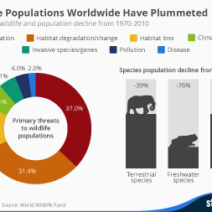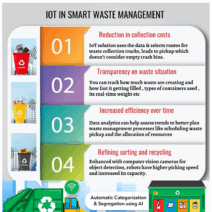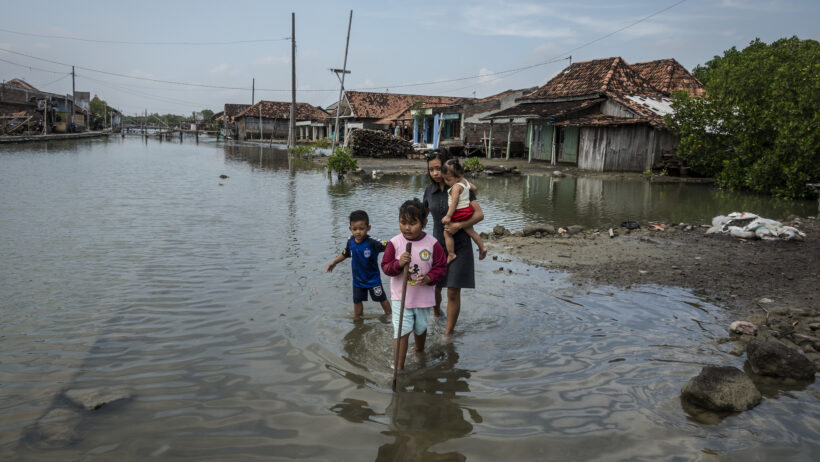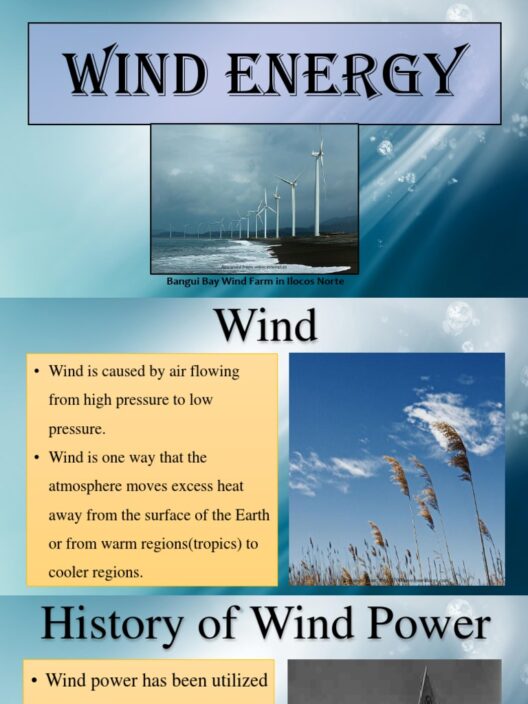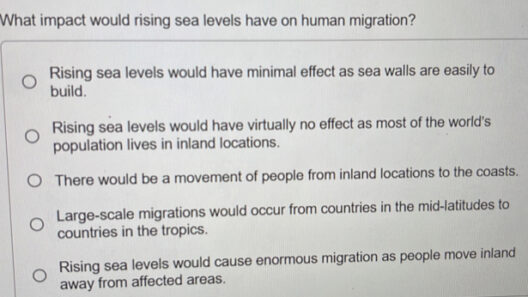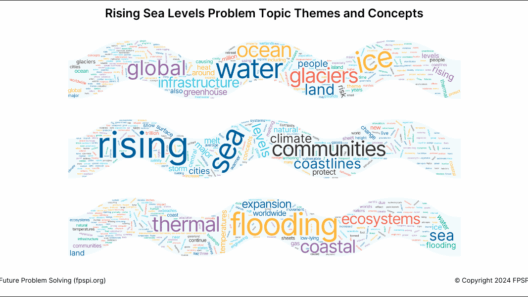As humanity continues to grapple with the effects of climate change, one pressing question looms large: Is the sea level really rising? This inquiry is not just theoretical; it has tangible implications for coastal communities, ecosystems, and economies worldwide. Understanding the facts behind this phenomenon is paramount in addressing concerns, particularly for those living in vulnerable areas. A meticulous examination of the data will illuminate the scope, causes, and consequences of rising sea levels.
The Scientific Consensus on Sea Level Rise
Decades of research have established an overwhelming consensus among scientists: global sea levels are indeed rising. According to satellite altimetry data, the average global sea level has increased by approximately 3.3 millimeters per year since the early 1990s. This data collection method provides accurate measurements of ocean surface elevation, reflecting changes influenced by various factors. The fundamental drivers of this phenomenon encompass two primary processes: thermal expansion and the melting of ice sheets.
Thermal expansion occurs as water temperatures rise due to climate change. Warmer water occupies more volume, which directly contributes to higher sea levels. The other significant factor, the melting of glaciers and polar ice caps, releases more freshwater into the oceans. Notably, the Greenland and Antarctic ice sheets contain vast reservoirs of frozen water; their accelerated melting has become a major concern for researchers studying future projections of sea level rise.
Another compelling aspect to consider is the rate of sea level rise, which varies regionally. Areas such as the East Coast of the United States are experiencing rates substantially higher than the global average due to land subsidence and ocean dynamics. This regional variation necessitates a nuanced understanding of the issue and emphasizes the need for localized strategies in addressing potential threats.
Understanding the Data: What the Numbers Reveal
Emphasizing the urgency of this issue is the empirical data indicating the extent of sea level rise over the past century. Between 1901 and 2018, global sea levels rose approximately 15-20 centimeters. Projections indicate that sea levels could rise an additional one to two meters by the year 2100 if current trends persist. These statistics provide tangible context for the alarming reality of climate change and the pressing need for mitigation strategies.
Furthermore, it is vital to highlight the disparities in impacts across different geographical regions. Some island nations, for example, are facing existential threats, while other areas may experience flooding more gradually. Understanding these localized effects can inform appropriate responses and planning measures to save vulnerable populations and preserve ecosystems.
Environmental and Social Consequences of Rising Waters
As sea levels rise, various adverse effects threaten both the environment and human communities. Coastal ecosystems, such as salt marshes and mangroves, provide essential habitat for diverse species and significantly contribute to carbon sequestration. These critical buffers protect coastline infrastructure against storms and erosion, but as sea levels increase, these ecosystems are undermined, leading to habitat loss and reduced biodiversity.
Moreover, the encroachment of seawater exacerbates groundwater salinity in coastal aquifers, affecting freshwater supplies for nearby residents. This predicament puts additional pressure on agricultural practices and potable water sources, creating further challenges for food security and public health. Societal impacts also extend to economic dimensions, where declining property values and increased insurance costs for coastal homes complicate real estate markets.
Adaptation and Mitigation Strategies: The Way Forward
In light of the impending challenges posed by rising sea levels, adaptation measures are critical. Coastal communities are increasingly exploring innovative solutions to fortify their defenses against encroaching waters. These strategies include the construction of sea walls, the restoration of natural barriers like wetlands, and the elevation of infrastructure to withstand future flooding incidents.
In parallel to these defensive measures, a robust commitment to climate change mitigation is vital to mitigate further sea level rise. Transitioning to renewable energy sources, enhancing energy efficiency, and adopting sustainable land use practices will be instrumental in reducing greenhouse gas emissions. Climate-responsive policies at national and international levels must prioritize emissions reduction alongside local resilience-building initiatives.
The Role of Community and Individual Action
While governmental action is imperative, individual and community engagement plays a pivotal role in addressing the complexities of sea level rise. Advocacy for legislation that prioritizes sustainability, participating in local environmental initiatives, and fostering community awareness are avenues through which individuals can contribute to the broader fight against climate change.
Furthermore, educating ourselves and others about the implications of climate change and sea level rise can empower communities. Knowledge and awareness can lead to collective action, driving a sense of urgency in addressing both mitigation and adaptation efforts.
Conclusion: Our Collective Responsibility
The evidence is irrefutable; sea levels are indeed rising, with grave implications for the environment and society at large. By examining the data and understanding the causes behind this phenomenon, we can grasp the enormity of the challenge ahead. As we navigate this multifaceted crisis, proactive measures, collaborative efforts, and informed action will be paramount in safeguarding our future and preserving the delicate balance of our planet’s ecosystems. The rising waters demand our attention and action—not tomorrow, but today.

